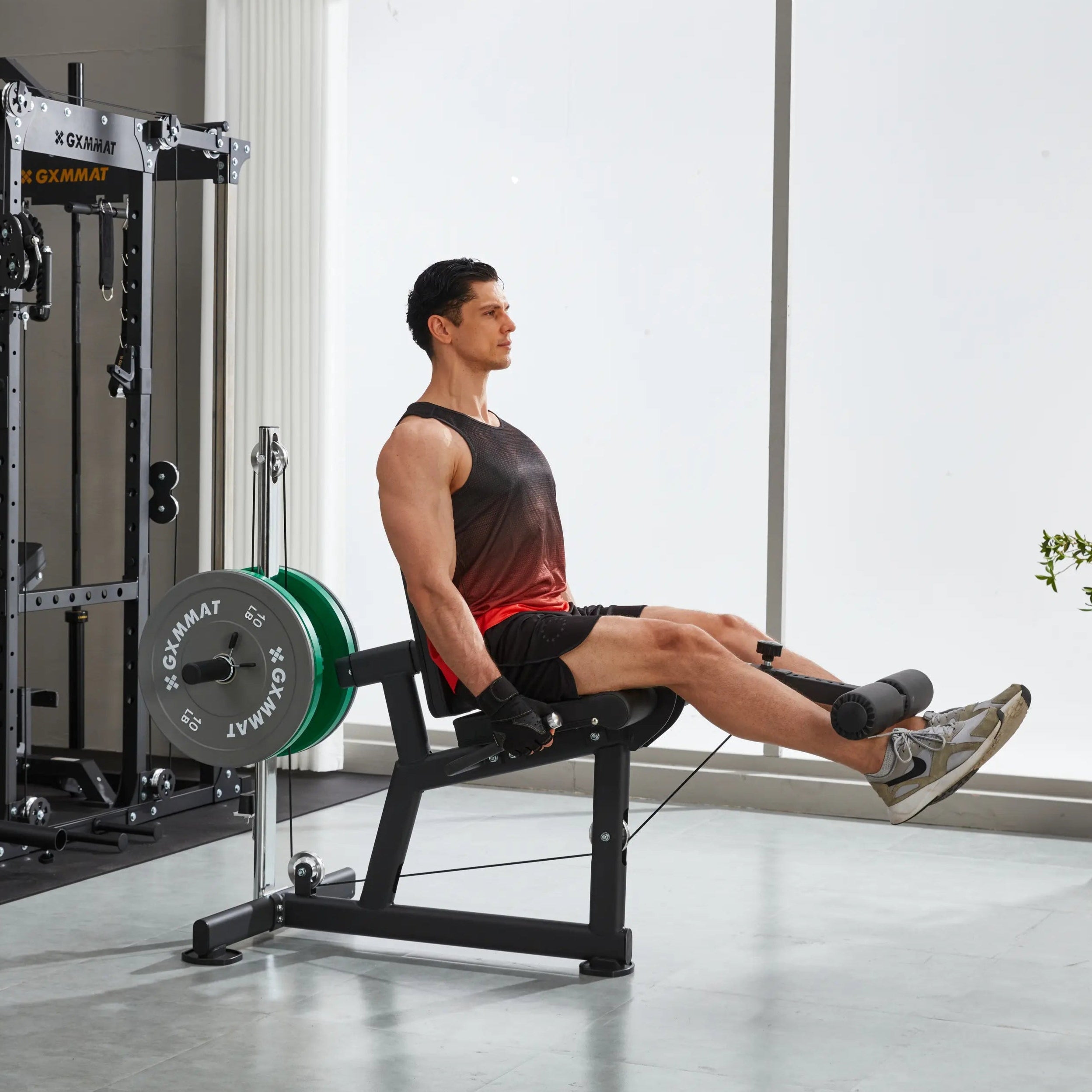
Training Frequency Guide: How Often Is Just Right?
How many times a week should I work out?
It’s one of the most common questions in fitness, and the answer isn’t a simple number. Your ideal training frequency depends on your fitness goals, workout intensity, experience level, and even how much time you can dedicate to recovery.
But don’t worry—science gives us a clear roadmap. Let’s dive into what the research says about how often you should work out and how to find your personal “just right” frequency for a plan that’s effective and sustainable.

Understanding the Basics of Training Frequency
Before we get to the numbers, let’s explore the core exercise science principles that shape training frequency. These will help you understand why frequency isn’t a one-size-fits-all variable.
-
The FITT Principle: The Foundation of Your Plan
The FITT principle is the backbone of any solid workout plan:
- F (Frequency): How many times you train per week (our focus here).
- I (Intensity): How hard each session is (think heart rate or weight lifted).
- T (Time): How long each workout lasts.
- T (Type): The type of exercise (strength, cardio, flexibility, etc.).
Key point: These factors are interconnected. High-intensity workouts need more recovery time, so frequency is often lower. Low-intensity activities, on the other hand, can often be done daily.
-
Muscle Protein Synthesis (MPS): The Key to Muscle Growth
If you’re aiming to build muscle, training frequency plays a big role. Research shows that muscle protein synthesis (MPS)—the process your body uses to repair and grow muscle—stays elevated for about 24–48 hours after strength training [1]. To keep stimulating muscle growth, you need to hit each muscle group again within this window, typically 2–3 times per week for optimal results.
-
ACSM Guidelines: The Starting Point for Health
The American College of Sports Medicine (ACSM) offers evidence-based minimum recommendations for health [2]:
- Cardio: At least 150 minutes of moderate-intensity or 75 minutes of vigorous-intensity aerobic activity per week.
- Strength: Train all major muscle groups at least twice per week.
These are baseline standards for health. If you’re chasing performance or physique goals, you may need to step it up.

Tailoring Your Frequency to Your Fitness Goals
Your fitness goals determine your training frequency. Here’s what science suggests for different objectives:
-
Boost Health and Burn Fat
Scientific basis: Fat loss hinges on energy balance. Spreading 150–300 minutes of weekly activity across multiple sessions is more sustainable and supports steady metabolic improvements.
Recommended frequency: 3–5 times per week
Spreading workouts evenly prevents excessive fatigue from single sessions. A study in Obesity found that people who distribute exercise throughout the week have better adherence and long-term results compared to “weekend warriors”.
-
Maximize Muscle Growth and Strength
Scientific basis: With the MPS window lasting 24–48 hours, each muscle group should ideally be trained again within this timeframe to optimize muscle growth.
Recommended frequency: 2–3 times per muscle group per week
-
- Beginners: 2–3 full-body sessions per week are highly effective. A 2018 meta-analysis in Journal of Sports Sciences showed significantly greater hypertrophy when untrained individuals trained each muscle group twice versus once per week [3].
- Intermediate/Advanced: Use split routines (e.g., push/pull/legs or upper/lower) for 4–6 weekly sessions, ensuring each muscle group gets 48–72 hours of recovery while maintaining frequency.
-
Improve Cardiovascular Endurance
Scientific basis: Adaptations like a stronger heart and increased capillary density require consistent stimuli. Elite endurance athletes may train 5–6 times per week to stay at peak performance.
Recommended frequency: 3–6 times per week
Mix intensities (e.g., low-intensity steady-state and high-intensity interval training, or HIIT). Avoid back-to-back max-effort HIIT sessions to protect your nervous system and muscles. Research in Journal of Applied Physiology highlights that proper recovery enhances long-term performance and adaptation.

Recovery: Where the Magic Happens
Recovery isn’t a break from progress—it’s where progress happens.
Overtraining can lead to fatigue, injuries, or stalled performance. According to Journal of Strength and Conditioning Research, adequate rest is critical for muscle repair and growth, especially after high-intensity or resistance training.
Listen to your body:
- Elevated resting heart rate (5–10 beats per minute higher than usual) or reduced heart rate variability (HRV).
- Declining performance (e.g., struggling with weights or pace you usually handle).
- Mood swings or poor sleep, which can signal hormonal imbalances from overtraining.
Pro tip: Prioritize 7–9 hours of sleep, eat enough protein and carbs, and manage stress—these are the building blocks of supercompensation, where your body adapts and gets stronger.

How to Find Your “Just Right” Training Frequency
Everyone’s ideal training frequency is unique. Here’s how to craft a plan that works for you:
- Start with the basics: Use ACSM’s minimum guidelines (150 minutes of cardio + 2 strength sessions per week) as your foundation.
- Define your goal: Health, fat loss, muscle growth, or endurance—pick the frequency range that aligns.
- Apply progressive overload: Don’t ramp up frequency, intensity, and duration all at once. Master three high-quality weekly workouts before adding a fourth.
- Treat recovery like training: Sleep, nutrition, and hydration are the raw materials for progress.
- Stay flexible: Your fitness journey will evolve. Adjust frequency based on progress, life demands, and energy levels.
Start with science, listen to your body, and tweak your plan as you grow stronger. Because in the end, consistency trumps perfection—your ideal frequency is the one you can stick with for the long haul.
Want to start an effective workout anytime, anywhere? GXMMAT provides all the support you need to create your ideal home gym and become a stronger, healthier you!









Leave a comment
This site is protected by hCaptcha and the hCaptcha Privacy Policy and Terms of Service apply.